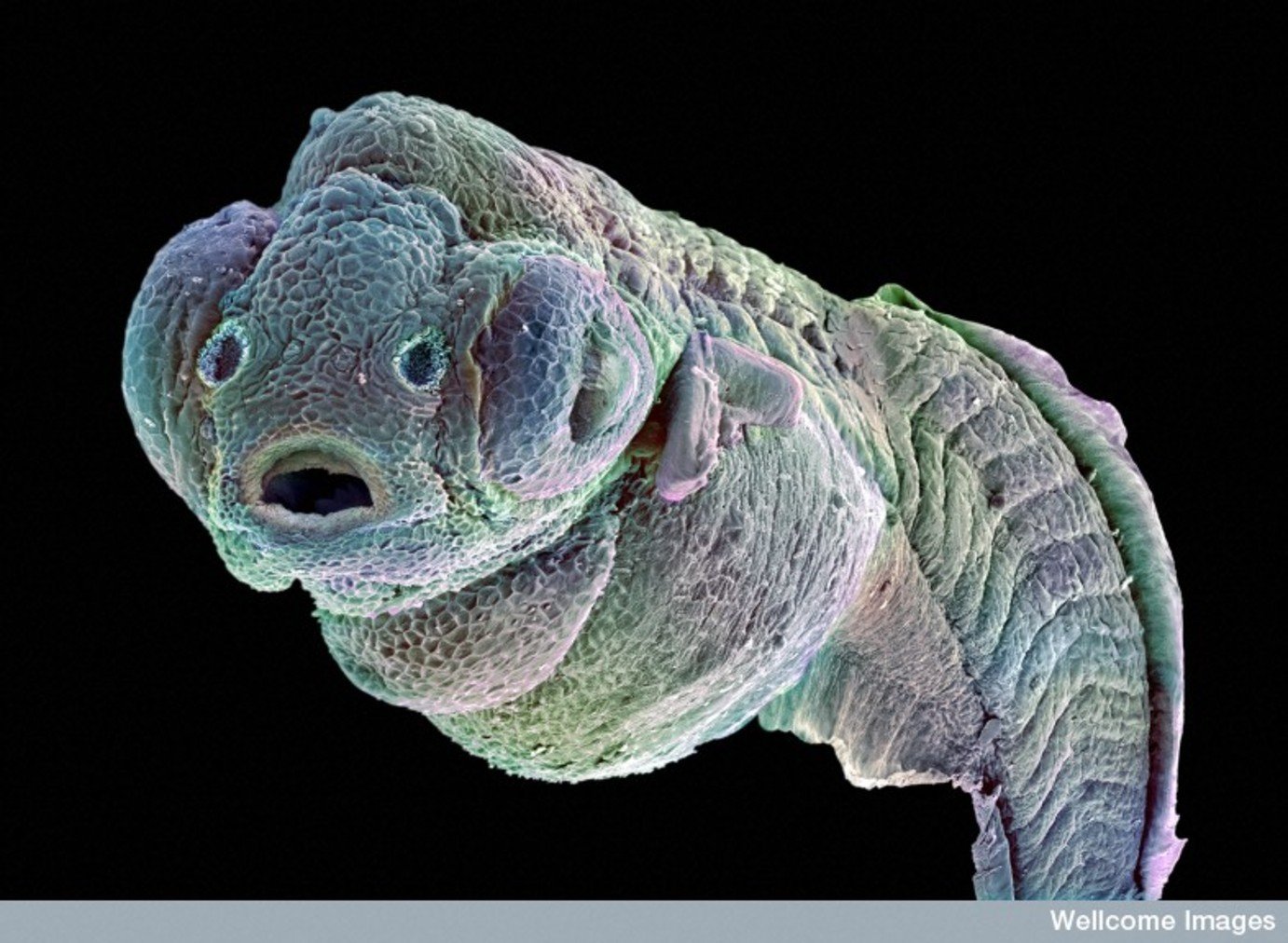Zebrafish is a small vertebrate tropical fish that has recently emerged as one of the most useful models for studying human diseases, including cancers. In fact, zebrafish displays high fecundity and is suitable for genetic manipulation and both reverse and forward genetic studies. Thanks to its relatively low cost of use, the zebrafish is ideal for large-scale screening approaches and allows both chemical and genetic screening to identify genes and pathways underlying diseases, as well as phenotypic screening for the discovery of new drugs.
Now, adding to the growing application and interest in this tiny fish, Portuguese scientists have for the first time shown that the larvae of a tiny fish could one day become the preferred model for predicting, in advance, the response of human malignant tumors to the various therapeutic drugs used to fight cancer.
Despite advances in targeted cancer treatments, we still lack methods to predict how a specific cancer will respond to a given therapy. As a consequence, patients go through rounds of trial-and-error approaches based on guidelines to find the best treatment, often subjected to unnecessary toxicity.
This recent study, however, has now successfully used zebrafish larvae xenografts as sensors for cancer behavior and therapy
guideline screening.Rita Fior, Miguel Godinho Ferreira, and colleagues at the Champalimaud Centre for the Unknown (CCU), in Lisbon transplanted cells from human colorectal cancer (CRC) cell lines into zebrafish larvae. Within just a few days, the resulting xenografts were found to be readily available to be used to investigate differences in tumor cell proliferation rates and metastatic and angiogenic potential. The researchers could also investigate cellular changes within the same tumor. The zebrafish xenografts also represented an accurate measure of sensitivity to the colorectal cancer drug cetuximab, and exhibited treatment responses that mirrored those of xenografts in mice.
The cells behaved in the zebrafish larvae exactly as they would do in a native tumor. The zebrafish larva xenograft model also demonstrated sufficient resolution, “at the allele level,” Ferreira claims, to detect different treatment requirements in tumors that are genetically very similar.
The team discovered that the fish model had sufficient resolution to detect different treatment requirements even in very genetically similar tumors. Further, they confirmed that it took a single mutation in a gene called RAS – which is known for frequently being altered in cancerous tumors – to change a tumor’s response to a treatment.
“We obtained an incredible resolution power”, says Miguel Godinho Ferreira, “a sensitivity at the allele level [an allele is a variant of a given gene]!”
“There were some previous independent studies on this type of approach in the zebrafish”, explains Rita Fior. “What is new in our work is that we challenged the model to see if it could detect even small differences, screened the available therapeutic options to test their efficacy, compared fish with mouse and then did proof-of-concept experiments using patient samples.”
Last part of this study involved a preliminary study of the predictions supplied by the “avatars” for five patients. The team transplanted into the fish tumoral masses from five patients with colorectal cancer being treated either at the Champalimaud Clinical Centre or at the Amadora-Sintra Hospital and following surgery, colorectal cancer patients are usually given chemotherapy to reduce the probability of relapse. And what the scientists did was to submit the avatars of those five patients to the same chemotherapy and then compare the response to the treatment in the fish and the person.
“For two of the patients, the tumors transplanted into the larvae did not respond to the chosen chemotherapy”, adds Rita Fior. “And in fact, consistent with our results, a short time afterwards those patients relapsed.” On the other hand, two other patients whose avatars responded to the treatment “are still doing well as far as we know”, says Ferreira.
In the future, the next phase is intended to make the same type of comparisons in hundreds of patients to confirm the test’s predictive power, which can take around two years to complete.
“If everything goes well, we will be able to inform oncologists on the result of the different therapies in the avatars; they will always have the final word in terms of deciding which therapy to choose, but they will be able to base themselves on individual tests”, says Ferreira.



























